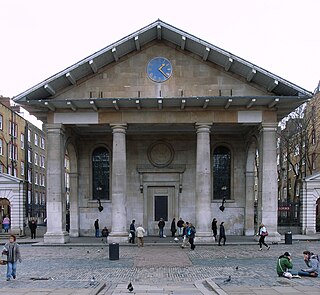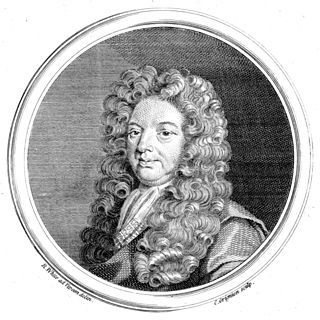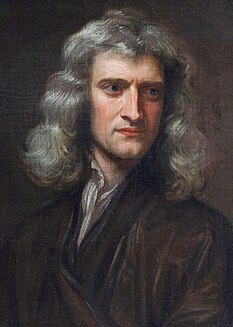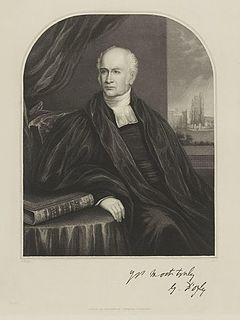Life
Son of Robert Paman, he was born at his father's estate of Chevington, Suffolk. He entered as a sizar at Emmanuel College, Cambridge, on 22 June 1643, where William Sancroft was his tutor. They became friends for life. He migrated to St. John's College, on 22 July 1646, graduated B.A. the same year, and was elected a fellow of that college. [1] He became M.A. in 1650, and was incorporated M.A. at Oxford on 11 July 1655. On 20 June 1656 he kept an act for a medical degree before Professor Francis Glisson, maintaining the thesis Morbis acutis convenit dieta tenuissima In the same year he was senior proctor, and in 1658 he graduated M.D., being incorporated M.D. at Oxford on 13 July 1669. He was elected public orator at Cambridge on 5 March 1674, ahead of Isaac Newton, [2] and held office till 9 July 1681.

Chevington is a village and civil parish in the St Edmundsbury district of Suffolk in East Anglia, England. Located around 10 km south-west of Bury St Edmunds, in 2005 its population was 630, reducing to 602 at the 2011 Census. The parish also contains the hamlets of Broad Green and Tan Office Green.

Suffolk is an East Anglian county of historic origin in England. It has borders with Norfolk to the north, Cambridgeshire to the west and Essex to the south. The North Sea lies to the east. The county town is Ipswich; other important towns include Lowestoft, Bury St Edmunds, Newmarket and Felixstowe, one of the largest container ports in Europe.
At Trinity College, Dublin and the University of Cambridge, a sizar is an undergraduate who receives some form of assistance such as meals, lower fees or lodging during his or her period of study, in some cases in return for doing a defined job.
Contents
In 1677 Paman went to reside in Lambeth Palace with Archbishop Sancroft. On 21 June 1679 he was appointed Professor of Physic at Gresham College, and on 1 December 1679 he was elected Fellow of the Royal Society. In 1683 he was admitted a candidate at the College of Physicians, and elected a fellow on 12 April 1687. He graduated LL.D. at Cambridge in 1684, and was thereupon appointed master of the faculties by Sancroft. He resigned his professorship on 21 June 1689. When Sancroft declined the oaths to William III and left Lambeth, Paman also declined, and gave up his mastership of the faculties.

Lambeth Palace is the official London residence of the Archbishop of Canterbury in England, in north Lambeth, on the south bank of the River Thames, 400 yards south-east of the Palace of Westminster, which houses the Houses of Parliament, on the opposite bank.

Fellowship of the Royal Society is an award granted to individuals that the Royal Society of London judges to have made a 'substantial contribution to the improvement of natural knowledge, including mathematics, engineering science and medical science'.

The Royal College of Physicians is a British professional body dedicated to improving the practice of medicine, chiefly through the accreditation of physicians by examination. Founded in 1518, it set the first international standard in the classification of diseases, and its library contains medical texts of great historical interest.
He went to live in the parish of St Paul's, Covent Garden, where he died in June 1695; he was buried in the parish church. He was rich, and, after providing for his relations, left sums of money and books to St. John's College, to Emmanuel College, to the College of Physicians, and to his native parish.

St Paul's Church is a church located in Bedford Street, Covent Garden, London, WC2E 9ED. It was designed by Inigo Jones as part of a commission for the 4th Earl of Bedford in 1631 to create "houses and buildings fit for the habitations of Gentlemen and men of ability". As well as being the parish church of Covent Garden, the church has gained the nickname of "the actors' church" by a long association with the theatre community.










